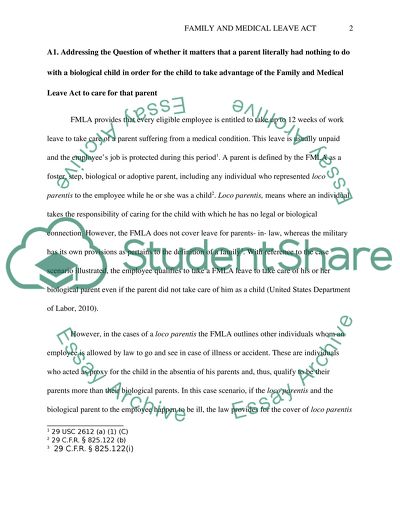Cite this document
(“Family and Medical Leave Act Research Paper Example | Topics and Well Written Essays - 1750 words”, n.d.)
Family and Medical Leave Act Research Paper Example | Topics and Well Written Essays - 1750 words. Retrieved from https://studentshare.org/law/1441991-family-and-medical-leave-act
Family and Medical Leave Act Research Paper Example | Topics and Well Written Essays - 1750 words. Retrieved from https://studentshare.org/law/1441991-family-and-medical-leave-act
(Family and Medical Leave Act Research Paper Example | Topics and Well Written Essays - 1750 Words)
Family and Medical Leave Act Research Paper Example | Topics and Well Written Essays - 1750 Words. https://studentshare.org/law/1441991-family-and-medical-leave-act.
Family and Medical Leave Act Research Paper Example | Topics and Well Written Essays - 1750 Words. https://studentshare.org/law/1441991-family-and-medical-leave-act.
“Family and Medical Leave Act Research Paper Example | Topics and Well Written Essays - 1750 Words”, n.d. https://studentshare.org/law/1441991-family-and-medical-leave-act.


